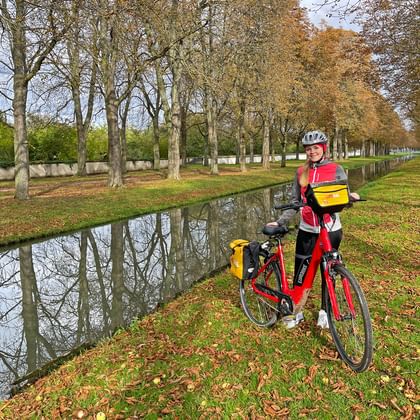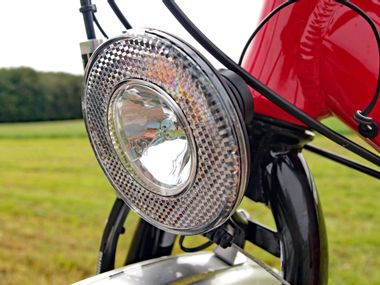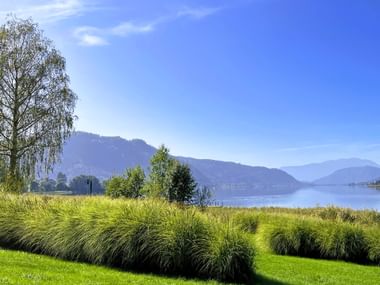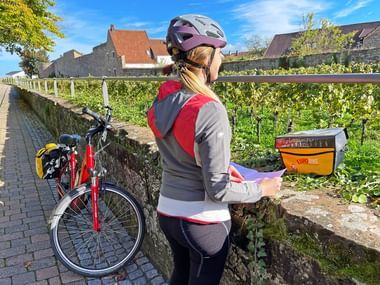The morning air is wonderfully crisp, refreshing the mind as you ride. Wisps of mist curl through the landscape before the sun casts its golden light over the world, and the leaves gradually transform into a vibrant tapestry of colors. All of these are unmistakable signs that autumn has arrived, painting the land with its magic, and bringing shorter days along with it.
Cycling holidays in autumn are still a lot of fun but there are a few tips to keep in mind to ensure you reach your destination safely. Find out what they are here!









